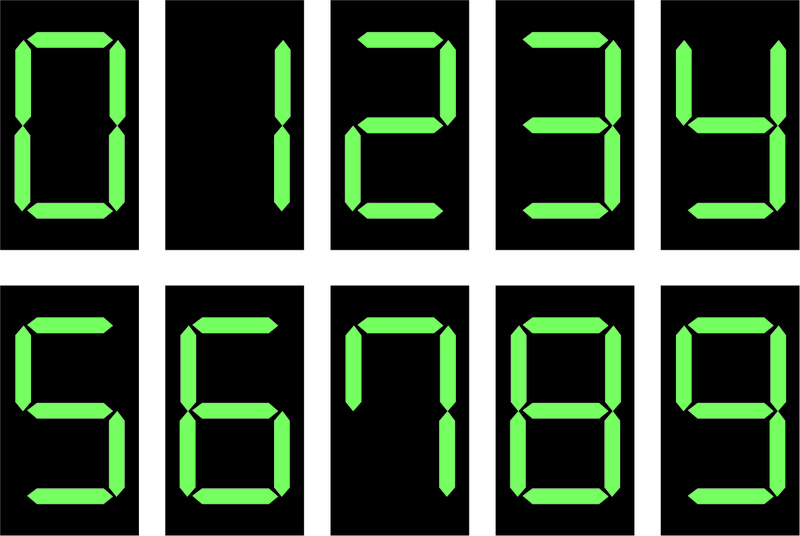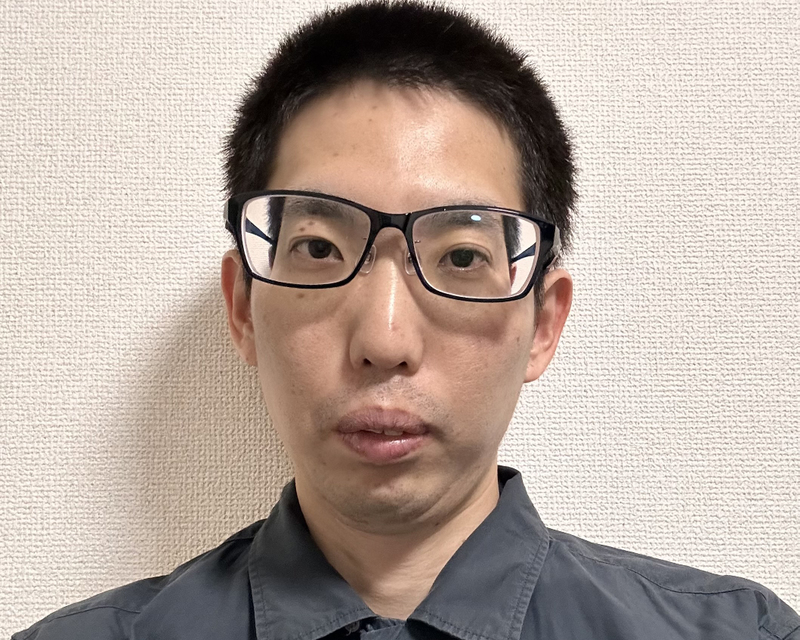Interviews

A Fusion of Digital and Analogue – A Device That’s Hard to Look Away From (Part 1)
BB Korry
A Clock that Melts Away Time as You Watch it
Interviewer & Japanese Writer: Yamamoto Takaya; Translation & Editing: Matthew Cherry
BB Korry was selected for the 2021 INNO-vation Program’s Disruptive Challenge, where he took on continuing the development of a device that would be hard to look away from. The display is digital, but the construction is analogue, creating a close fusion of two distant concepts.
BB Korry always loved making things by hand. He often entered robotics contests in high school. After starting his career, he continued to make inventions at home on the side. He’s invented over 100 different pieces, uploading them to social media with an overwhelmingly positive response. Some of his works include a paper cement mixer and a palm-sized electric drum that actually emits sound.
While working on his various inventions, he had an idea for a new kind of clock. “Looking at digital clocks can be rather boring. I thought it would be interesting to add some sort of analogue aspect to it, kind of like karakuri,” he explained about his vision at the time.
Digital clocks normally display up to seven segments, or lines per number: four vertical and three horizontal. For the number zero, four vertical lines and two horizontal lines display - a total of six segments. In the same way, the number one requires just two vertical lines. BB Korry wrote these seven segments on circular, transparent pieces of plastic and rotated them around using an attached motor. By doing so, he created a device that could display the numbers 0 through 9. Lining two of these devices up together would allow for double-digit displays, thus allowing for the display of hours and minutes.

Digital clocks display up to seven segments, or lines per number.
The completed device has a perfect fusion of two different concepts: digital segments display the time, while analogue plastic sheets change the time. Even though it’s a clock, one can truly forget what time it is just by looking at its enchanting design. For this reason, BB Korry has dubbed it the “Time Melt Clock”.
The Time Melt Clock in action.
BB Korry received the reaction he expected once he posted the device on Twitter. “Time seems to melt away watching it,” and “I have no idea how this even moves” were just some of the excited responses posted by users around Japan. He was even interviewed by a TV news program for his work.
”I suddenly received a message one day that I had been selected for the INNO-vation Program, so it’s likely that somebody saw me through one of these media and referred me to the program,” BB Korry reflected. “Since the response to the clock was so overwhelming, I wanted to ride that wave for a while, but thanks to the program I got a chance to work on refining some of the things I couldn’t before.”
In Part 2, we’ll ask BB Korry directly about his work in the INNO-vation Program.


